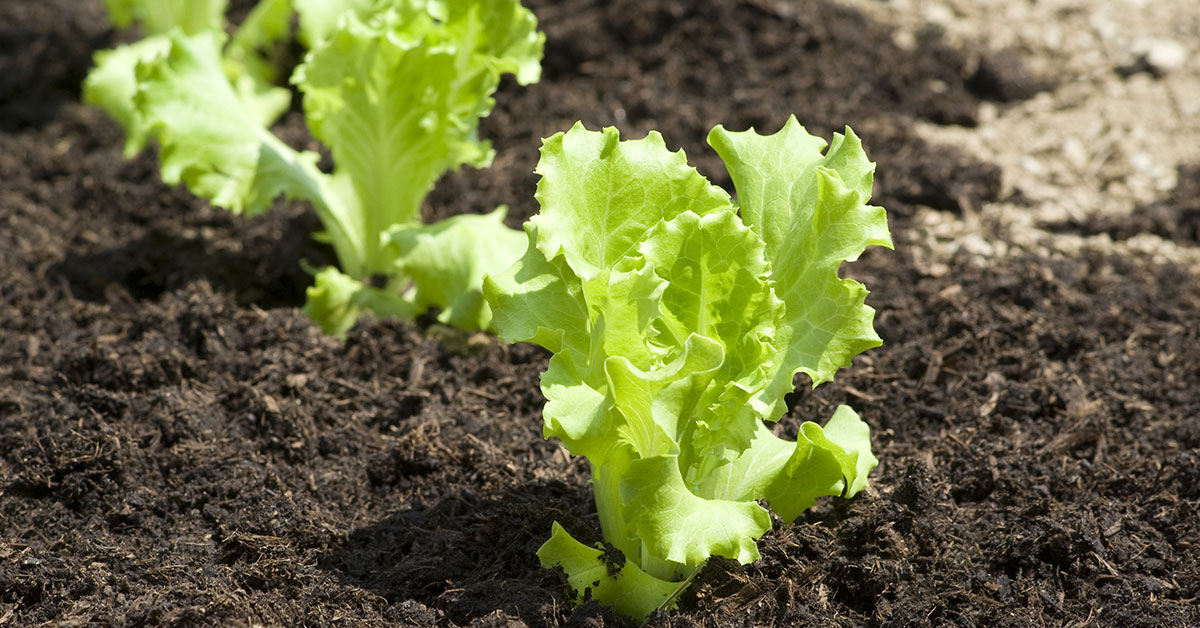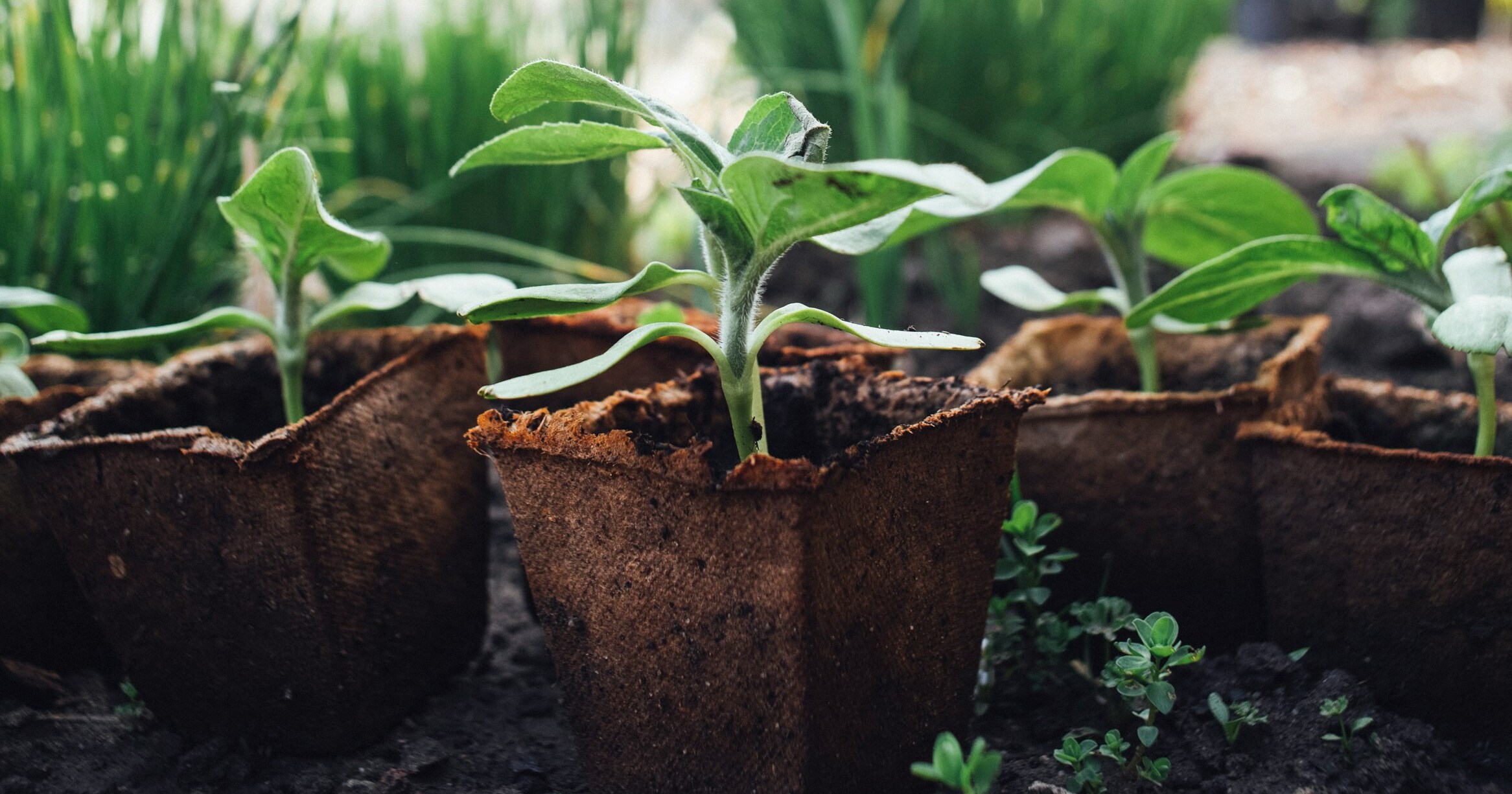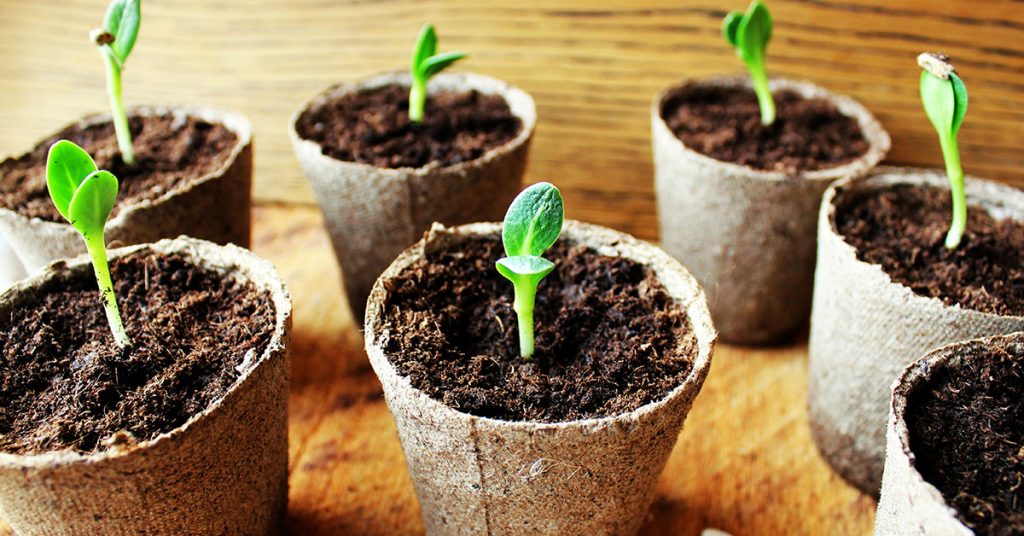Oakleaf lettuce is an amazing plant to have for a multitude of reasons. This versatile variety of lettuce is known for its attractive oak-shaped leaves and tender, flavorful taste.
Whether you have a sprawling backyard garden or a small container garden on your balcony, growing Oakleaf Lettuce is a rewarding and easy endeavor.
We will discuss the information you need to successfully grow Oakleaf Lettuce, from choosing the right variety to planting, caring for, and harvesting this delightful leafy vegetable.
What is Oakleaf Lettuce?
Oakleaf lettuce, scientifically known as Lactuca sativa, is a variety of lettuce that belongs to the Asteraceae family. It is named after its distinctive leaves, which resemble the shape of oak tree leaves. This lettuce variety typically has loose heads or clusters of leaves that are loosely connected at the base, giving it a more delicate and feathery appearance compared to other lettuce varieties.
The leaves of oakleaf lettuce are characterized by their tender and slightly crispy texture. They come in various shades of green, ranging from pale green to dark red, and often have ruffled or serrated edges. Oakleaf lettuce leaves can grow up to 10 inches long, providing ample surface area for absorbing dressings and other flavors.
Oakleaf lettuce has a long history dating back to ancient Egypt, where it was cultivated for its leaves. Over time, this lettuce variety spread across Europe and eventually made its way to North America. Today, oakleaf lettuce is widely grown and enjoyed in many parts of the world.
There are several different varieties of oakleaf lettuce, each with its own distinct characteristics. Some popular varieties include the green oakleaf, red oakleaf, and oakleaf blend. The green oakleaf variety has light green leaves with a mild and slightly sweet taste. The red oakleaf variety, as the name suggests, has vibrant red leaves and a slightly stronger flavor. The oakleaf blend combines different colors and flavors, offering a visually appealing and flavorful mix.
Like other lettuce varieties, oakleaf lettuce is highly regarded for its nutritional value. It is low in calories and carbohydrates, making it an excellent choice for those watching their weight or managing their blood sugar levels. Oakleaf lettuce is also a good source of dietary fiber, which aids in digestion and promotes a healthy gut.
In addition to its fiber content, it is packed with various vitamins and minerals. It is particularly rich in vitamins A and K, which are important for maintaining healthy vision, bone health, and immune function. Oakleaf lettuce also contains significant amounts of vitamin C, iron, and potassium, among other essential nutrients.
What does Oakleaf Lettuce taste like?
Oakleaf lettuce is known for its delicate and mild flavor, making it a popular choice among salad lovers. Its taste is often described as slightly sweet and nutty, with a subtle hint of bitterness. The leaves are tender and have a pleasant, crisp texture that adds a refreshing crunch to any dish.
One of the reasons oakleaf lettuce is favored by many is its versatility in terms of taste. Its mild flavor allows it to blend well with a variety of ingredients, making it a perfect base for salads and sandwiches. Whether paired with tangy vinaigrettes, creamy dressings, or savory toppings, the lettuce’s taste enhances the overall flavor profile of the dish.
Unlike some other lettuce varieties, oakleaf lettuce does not have a strong aftertaste. This makes it appealing to those who prefer milder flavors or who want their other ingredients to shine. It also means that oakleaf lettuce can be enjoyed by people with different taste preferences, as it serves as a neutral canvas for other flavors to be showcased.
When it comes to cooking, oakleaf lettuce is best enjoyed raw to retain its delicate taste and crisp texture. It is a great addition to salads, wraps, and sandwiches, providing a refreshing and nutritious element to your meals. Its light flavor also makes it a suitable choice for those who are new to eating lettuce or are looking to add more greens to their diet.
Oakleaf lettuce has a mild and slightly sweet flavor with a subtle nuttiness. Its delicate taste allows it to complement a wide range of ingredients. Making it a versatile choice for salads and other dishes.
How to start from seed
Unlike other lettuce varieties, Oakleaf lettuce is more heat-tolerant and tends to bolt slower in hot weather. Making it a fantastic choice for home gardeners.
Choosing the Right Seeds: When starting from seed, it is important to select high-quality seeds that are suited for your specific growing conditions. Look for reputable seed suppliers or local nurseries that offer Oakleaf lettuce varieties. Consider factors such as disease resistance, growth habit, and maturity time when making your selection. Additionally, opt for organic or non-GMO seeds if possible to support sustainable and healthy gardening practices.
Preparing the Soil: Oakleaf lettuce thrives in well-draining, fertile soil with a slightly acidic to neutral pH level (around 6.0 to 7.0). Before sowing the seeds, prepare the soil by removing any weeds or debris and loosening it with a garden fork or tiller. Incorporate compost or well-rotted organic matter to improve soil fertility and moisture retention. Avoid over-fertilizing, as excessive nitrogen can lead to rapid growth and reduced flavor.
Sowing the Seeds: Sow seeds directly into the prepared soil, either in rows or by broadcasting evenly. The seeds should be planted at a depth of about 1/4 inch (6 mm) and spaced about 6 to 8 inches (15 to 20 cm) apart. Lightly cover the seeds with soil and gently firm the surface to ensure good seed-to-soil contact. Water the area thoroughly after sowing to help settle the soil and initiate germination.
Care and Maintenance:
- Watering: Keep the soil consistently moist but not waterlogged. Regularly check the moisture level and water the plants deeply whenever the top inch of soil feels dry. Avoid overhead watering to prevent leaf diseases.
- Thinning: Once the seedlings have emerged and developed their first true leaves, thin them out to provide adequate space for each plant to grow. Remove the weaker or overcrowded seedlings, leaving only the healthiest ones with a spacing of about 10 to 12 inches (25 to 30 cm) between plants.
- Mulching: Apply a layer of organic mulch, such as straw or shredded leaves, around the base of the plants to suppress weeds, conserve moisture, and maintain a more even soil temperature.
- Fertilizing: Oakleaf lettuce is a light feeder, so avoid excessive fertilization. Side-dress the plants with a balanced organic fertilizer once they have reached about 4 to 6 inches (10 to 15 cm) in height.
Harvesting Oakleaf Lettuce: Oakleaf lettuce is typically ready for harvest within 45 to 60 days after sowing, depending on the specific variety. Harvest the outer leaves as needed by cutting them near the base of the plant, or you can choose to harvest the entire head by cutting it just above the soil level. Remember to wash the harvested leaves thoroughly before consuming them.
How to grow this plant in your garden
Oakleaf lettuce is a versatile and nutritious leafy green that can be easily grown in your own backyard. Whether you have a large garden or just a small space on your balcony, you can enjoy a bountiful harvest of your own with a little bit of planning and care. Here are some steps to get you started on growing:
- Choose the right location: Oakleaf lettuce prefers cool temperatures and partial shade, so find a spot in your garden that receives around 4-6 hours of sunlight per day. If you live in a warmer climate, consider planting it in a location that gets morning sun and afternoon shade to protect it from the heat.
- Prepare the soil: Oakleaf lettuce thrives in well-draining soil that is rich in organic matter. Before planting, amend your soil with compost or well-rotted manure to improve its fertility and moisture retention. Remove any weeds or debris from the area to create a clean growing space.
- Planting seeds or seedlings: You have two options when it comes to planting oakleaf lettuce – starting from seeds or using seedlings. If you choose to start from seeds, sow them directly into the prepared soil. Following the recommended spacing on the seed packet. If using seedlings, transplant them into the garden after the danger of frost has passed.
- Watering and moisture: Oakleaf lettuce needs consistent moisture to grow well. Water your plants regularly, keeping the soil evenly moist but not waterlogged. Using a drip irrigation system or watering at the base of the plants can help prevent leaf diseases and maintain healthy growth.
- Fertilizing: Oakleaf lettuce doesn’t require heavy feeding, but a balanced organic fertilizer can improve its growth. Apply a slow-release fertilizer or compost around the plants every few weeks to provide them with essential nutrients.
- Mulching and weed control: Mulching around your oakleaf lettuce plants can help retain soil moisture, suppress weed growth, and maintain a more even soil temperature. Use organic mulch such as straw or wood chips. This ensures not to pile too close to the base of the plants.
- Harvesting: Oakleaf lettuce leaves can be harvested at any stage of growth, from baby greens to fully mature leaves. To harvest, simply cut the outer leaves with a sharp knife or scissors, leaving the central leaves to continue growing. This method allows for a continuous harvest throughout the growing season.













